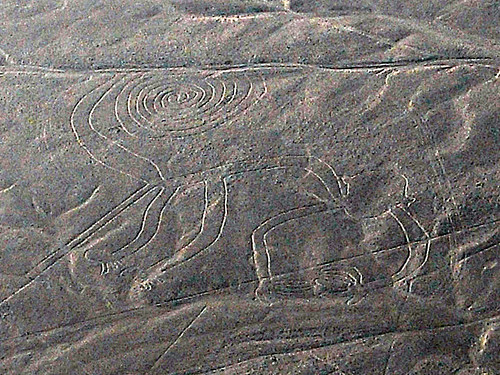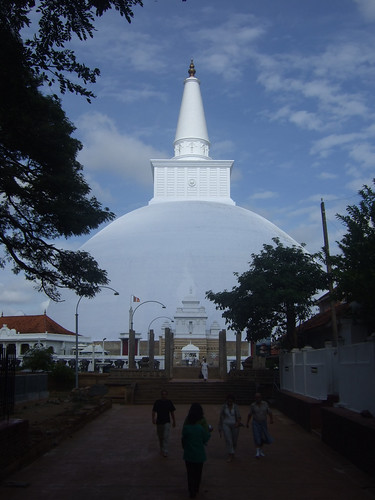 Metal detecting enthusiasts are enjoying a halcyon period this week, as four extremely rare Norman coins have been unearthed in Gloucestershire dating back to the reign of William the Conqueror. The coins, which were discovered by an as-yet unnamed finder, are believed to have been minted in Gloucester between 1073 and 1076. And while they may have been overshadowed by the recent Staffordshire Saxon hoard – and even a recent Roman coin haul in Shropshire – archaeologist Kurt Adams tells the BBC the 0.8mm-thick coins are extremely uncommon. A coroner will soon decide whether the cache can be kept by its finder or declared treasure by the state.
Metal detecting enthusiasts are enjoying a halcyon period this week, as four extremely rare Norman coins have been unearthed in Gloucestershire dating back to the reign of William the Conqueror. The coins, which were discovered by an as-yet unnamed finder, are believed to have been minted in Gloucester between 1073 and 1076. And while they may have been overshadowed by the recent Staffordshire Saxon hoard – and even a recent Roman coin haul in Shropshire – archaeologist Kurt Adams tells the BBC the 0.8mm-thick coins are extremely uncommon. A coroner will soon decide whether the cache can be kept by its finder or declared treasure by the state.
“Coins dating to the age of William (the Conqueror) are very rare finds, but these are unique,” says Mr Adams. “The finder reported them to me and I have taken them in under the 1996 Treasure Act and reported the find to the coroner who will hold a Court of Inquest to prove they are treasure. I’ll then send the coins to the British Museum for examination.
“If experts there decide they want the coins they have to be independently valued and the museum would have to find the money,” Mr Adams adds. “Half of that would go to the landowner and half to the finder.” The illustrious events of this week are likely to reinvigorate interest in metal detecting. Terry Herbert, who discovered the Staffordshire hoard, says he had been the source of ridicule before his massive breakthrough, which has been touted as the biggest of its kind in British history. “People laugh at metal detectorists. I’ve had people go past and go, ‘beep beep, he’s after pennies’.
“Well no, we are out there to find this kind of stuff and it is out there.”
 Kazakhstan has become the latest hotbed of
Kazakhstan has become the latest hotbed of 

 A skull and
A skull and 


